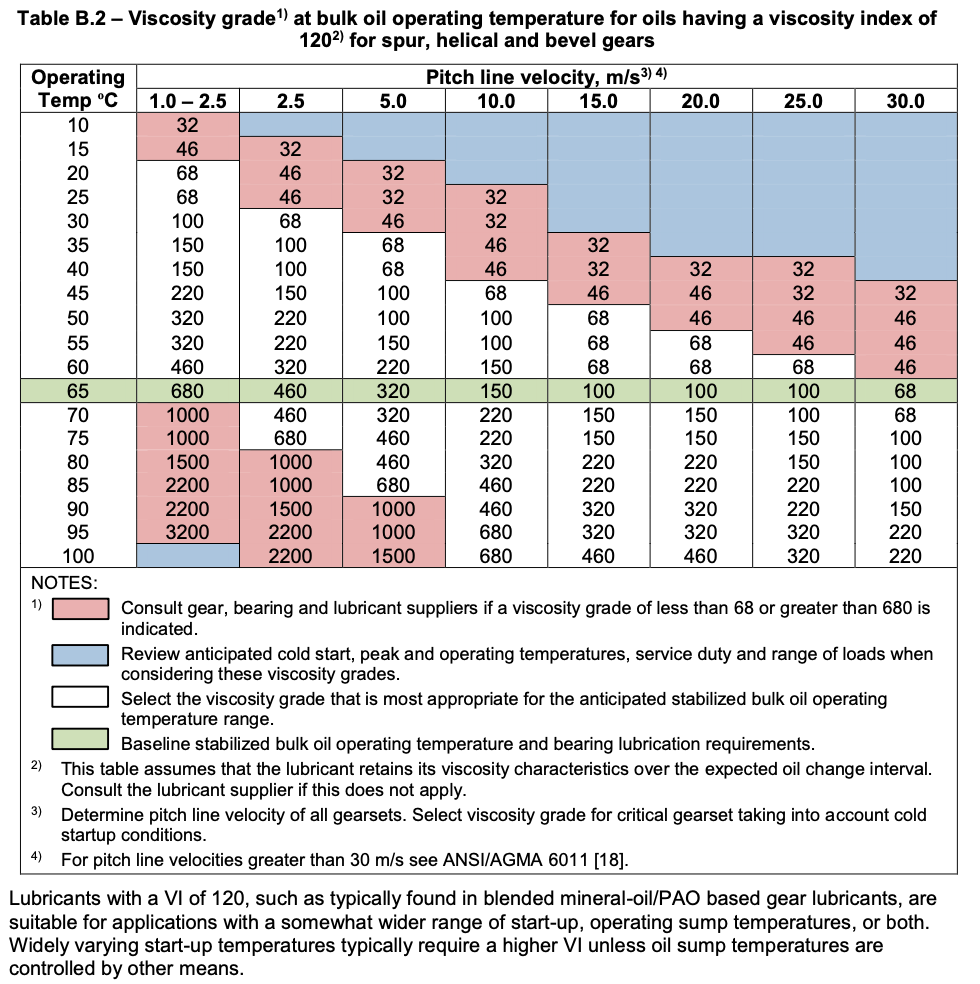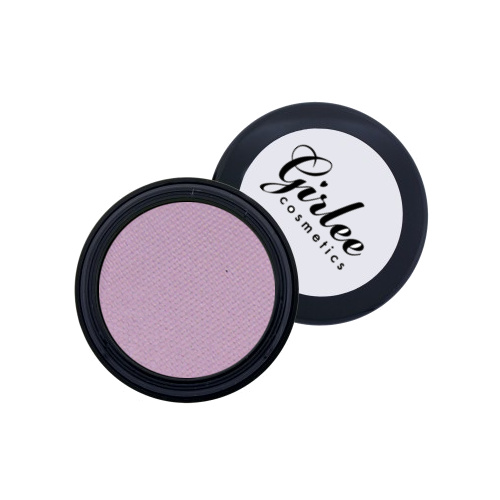
3: A temperature of 80☌ is typical of the operating temperature of gear teeth and the inner ring and rollers of rolling-element bearings.Įquation No. 2 by properties for a mineral oil at 80☌ as shown in equation No.

2:ĮHL film thickness was normalized by dividing equation No. If geometry, elastic properties, speed and load are fixed, EHL film thickness varies with the pressure-viscosity coefficient ( ) and absolute viscosity ( ) as shown in equation No.

Hc is the dimensionless central film thickness Environmental factors can influence the actual operating temperature.ĮHL film thickness was calculated using equation 65 from AGMA 925 1: A typical operating temperature for the gear flank and bearing ring and roller is 80☌. For bearings, the temperature of the inner ring and rollers is relevant. For gears, the temperature of the gear teeth is relevant. Absolute Viscosity and Pressure-ViscosityĮHL film thickness is established by the operating temperature of the components. Table 1 shows values for absolute viscosity and pressure-viscosity coefficient obtained from AGMA 925. It applies to components with line contact such as gears and roller bearings. The film thickness equation is the Dowson and Toyoda equation for central film thickness. AGMA 925-A03 gives pressure-viscosity coefficients derived from optical interferometry for many lubricants over a wide range of temperatures. In the latter case, the pressure-viscosity coefficient is calculated from measured film thickness using an EHL film thickness equation.Īlthough direct measurements may be more accurate, they are not readily available. The pressure-viscosity coefficient is measured either directly by assessing viscosity as a function of pressure using high-pressure apparatus, or indirectly by measuring film thickness in an optical interferometer. 1 The pressure-viscosity coefficient quantifies the EHL film-generating capability of a lubricant.

Measurement Methods for Determining Pressure-Viscosity CoefficientĮHL film thickness was calculated using equations from AGMA 925. The objective is to determine how lubricant ch48ce may influence bearing life calculations. temperature for mineral, PAO and PAG lubricants is presented here. Hopefully, this data provides insight into when and why we would rightfully expect to see reductions in frictional conditions leading to improved reliability and energy savings as a consequence of changing to a synthetic-based lubricant.Ĭlearly, it is not always best to use a synthetic lubricant.Ī study comparing EHL film thickness vs.

Much is made of the potential benefit of synthetics for energy conserving purposes. However, as the temperature changes, the relationship changes, leaving us with clear direction for when we could expect to see which synthetics demonstrate superior film-forming capability in a temperature range. Note in particular the performance level comparison for temperatures below 80☌. The analysis suggests that there are in fact conditions where the mineral oil out-performs the PAO/PAG synthetics. The actual unit of measure (mm 2/N) is less useful than the percentage improvement of the synthetics over the mineral oil at the given temperature points as noted in the information sheet. The pressure-viscosity coefficient gives us fixed values for lubricant film thickness in a given set of conditions (elastohydrodynamic regime, also known as an EHL or EHD regime) based on a mathematical estimation as noted in the American Gear Manufacturers Association (AGMA) Information Sheet AGMA 925-A03 (see Note). The pressure-viscosity coefficient refers to the relationship between the load placed on the oil film (pressure) at the dynamic load zone and the thickness of the oil film (viscosity) at that load, when all other factors (material, temperature, geometry, speed, load) are constant. Are synthetic oils (PAO - Polyalpha olefin and PAG - Polyalkylene glycol) better gear and bearing lubricants than mineral oils?Īt the heart of the issue is a property we refer to as pressure-viscosity coefficient of the various types of lubricant base oils.


 0 kommentar(er)
0 kommentar(er)
